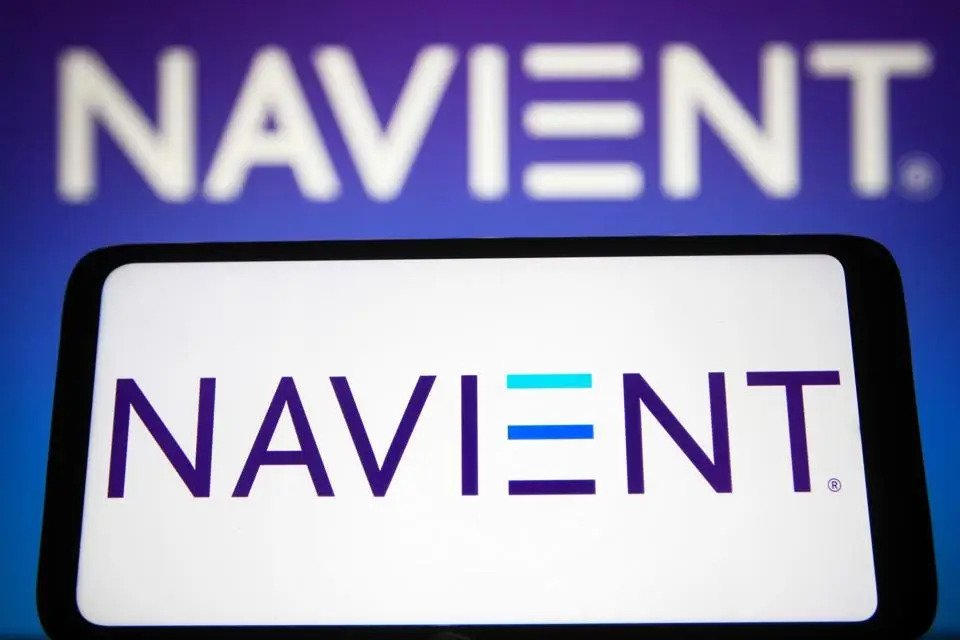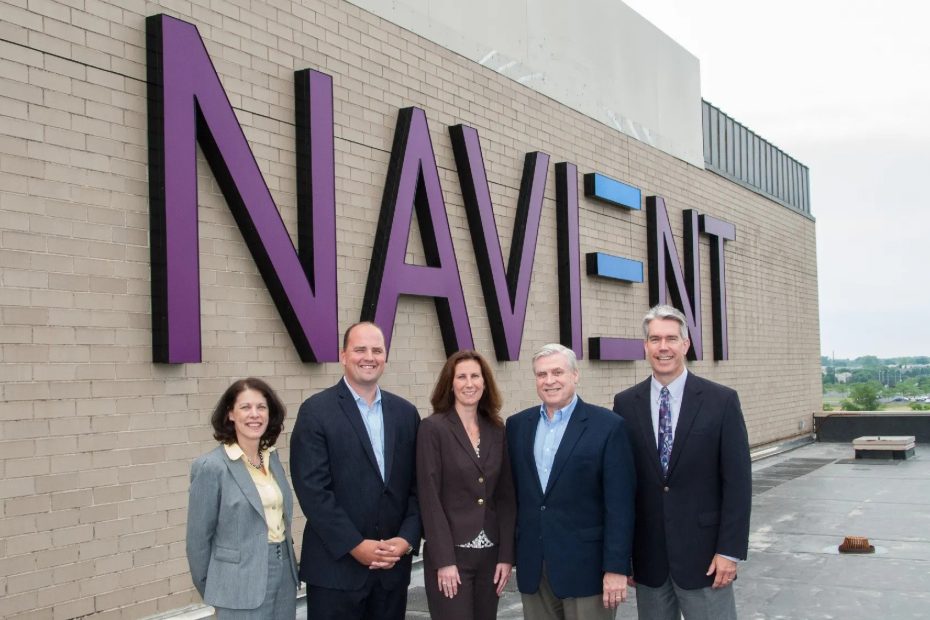Offering a range of loan options, Navient has garnered attention for its competitive interest rates, versatile repayment plans, and convenient application processes. However, just like any financial venture, there are both advantages and drawbacks to consider.
The Pros: A Pathway to Education
Navient stands out for its variety of personal loan options tailored to students’ diverse needs. Whether a prospective student needs assistance for undergraduate or postgraduate studies, Navient provides solutions through its federal and private loan programs. These loans often come with competitive interest rates, allowing borrowers to manage their financial obligations more effectively.
One of the standout features is Navient’s flexible repayment plans. Borrowers can choose from income-driven plans, which adjust monthly payments based on earnings, or standard plans with fixed monthly payments. This flexibility can be a lifeline for recent graduates who are just starting their careers.
The Cons: Navigating Repayment Challenges
However, as with any financial arrangement, there are potential downsides. Some borrowers have reported communication issues and lack of transparency when dealing with Navient. Loan servicing problems, including misapplied payments and misinformation, have led to frustration among borrowers, affecting their overall experience with the company.
Furthermore, private loans, while often providing a solution for those who don’t qualify for federal aid, can come with higher interest rates and less favorable terms. This can potentially burden borrowers with significant debt after graduation.
Loan Types and Application Process
Navient offers both federal and private student loans. Federal loans, such as Stafford and PLUS loans, are backed by the government and come with fixed interest rates. Private loans, on the other hand, often offer more customization but may carry variable interest rates.
Navient offers a diverse array of loan types to cater to the varying needs of students pursuing higher education in the United States. These loans can be broadly categorized into federal loans and private loans, each with its own set of features and eligibility criteria.
Federal Loans: Navigating Government Support
Direct Subsidized Loans: These loans are available to undergraduate students with demonstrated financial need. The U.S. Department of Education pays the interest on these loans while the borrower is in school and during certain other periods.
Direct Unsubsidized Loans: Available to both undergraduate and graduate students, these loans are not based on financial need. Interest accrues on these loans from the moment they are disbursed.
PLUS Loans: Parent PLUS Loans are available to parents of dependent undergraduate students. Grad PLUS Loans cater to graduate or professional students. These loans require a credit check and may cover the cost of attendance not covered by other financial aid.
Perkins Loans: While no longer available to new borrowers after September 2017, Perkins Loans were low-interest federal loans for students with exceptional financial need.
Private Loans: Tailored Solutions with Flexibility
Undergraduate Private Loans: These loans are designed to bridge the gap between federal aid and the actual cost of attending college. They often come with varying interest rates, credit checks, and repayment terms.
Graduate Private Loans: Targeted at graduate and professional students, these loans help finance advanced degrees. Interest rates and repayment terms can vary depending on the lender.
Interest Rates: Fixed vs. Variable
Federal loans typically have fixed interest rates, meaning the interest rate remains the same throughout the life of the loan. This provides stability and predictability for borrowers. Private loans, on the other hand, may have either fixed or variable interest rates. Variable rates can change over time, potentially leading to fluctuating monthly payments.
Choosing the Right Loan Type
The choice between federal and private loans often hinges on factors such as financial need, credit history, and the terms of repayment. Federal loans generally offer more borrower-friendly benefits, such as income-driven repayment plans and loan forgiveness programs. However, private loans can be more flexible and provide tailored solutions for specific educational needs.
The application process is typically straightforward. Borrowers must submit their FAFSA (Free Application for Federal Student Aid) for federal loans, and for private loans, they can apply directly on the Navient website. The approval process involves credit checks and assessing the borrower’s financial situation.
Navigating the Loan Repayment Journey
Repayment begins after a grace period post-graduation. Navient offers a range of repayment plans to suit various financial circumstances. Income-driven plans cap monthly payments at a percentage of the borrower’s income, while standard plans involve fixed monthly payments over a set period. Borrowers can choose the plan that aligns with their financial situation.
Standard Repayment Plan: This plan involves fixed monthly payments over a period of 10 years. It’s a straightforward approach that helps borrowers pay off their loans relatively quickly, but it might result in higher monthly payments.
Graduated Repayment Plan: In this plan, monthly payments start lower and gradually increase over time. This can be beneficial for borrowers who expect their income to rise steadily in the coming years.
Income-Driven Repayment Plans: Navient offers several income-driven plans, including Income-Based Repayment (IBR), Pay As You Earn (PAYE), and Revised Pay As You Earn (REPAYE). These plans set monthly payments based on a percentage of the borrower’s discretionary income, making them ideal for borrowers with low income relative to their loan balance.
Extended Repayment Plan: Borrowers who have a significant loan balance can opt for the extended plan, which allows for payments over 25 years. This can lower monthly payments, but interest accrues over a more extended period.
Loan Forgiveness and Discharge Programs: Navient also facilitates loan forgiveness and discharge programs for borrowers in specific situations. Public Service Loan Forgiveness (PSLF), Teacher Loan Forgiveness, and Total and Permanent Disability (TPD) Discharge are examples of such programs.
Making Extra Payments:
For borrowers who want to reduce their debt faster and save on interest, making extra payments can be a strategic move. Navient allows borrowers to make additional payments, and these payments can go towards the principal balance, helping to pay off the loan quicker.
Grace Period and Interest Accrual:
After graduating or leaving school, borrowers typically have a grace period before their repayment begins. During this period, interest may still accrue on certain loans. Subsidized federal loans are an exception, as the government covers the interest during the grace period. Unsubsidized federal loans and private loans, however, will accumulate interest that adds to the total amount owed.
Communication and Support:
Navigating the repayment journey can be complex, but Navient offers resources to assist borrowers. Online account management allows borrowers to track payments, update contact information, and explore available repayment options. Borrowers can also contact Navient’s customer service for guidance on choosing the right plan and managing their loans effectively.

In Conclusion
Navient serves as a significant player in the realm of student loans in the United States. While it offers a wide range of loan options with competitive interest rates and flexible repayment plans, borrowers must also navigate potential downsides, such as communication challenges and the nuances of private loan terms.
As the pursuit of higher education continues to evolve, prospective students must weigh these factors carefully to make informed decisions about financing their educational aspirations.
